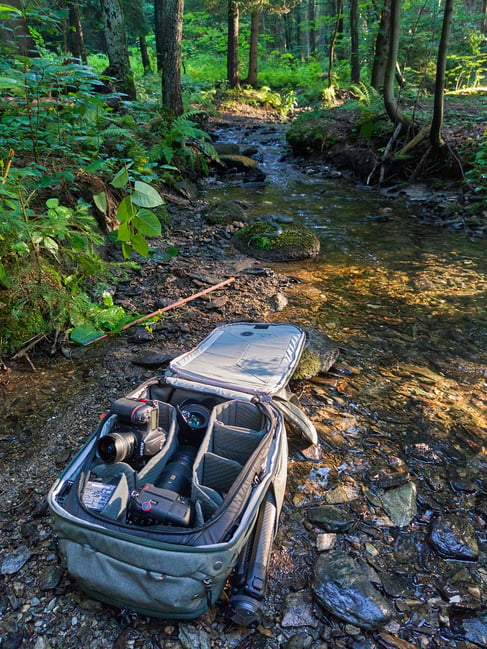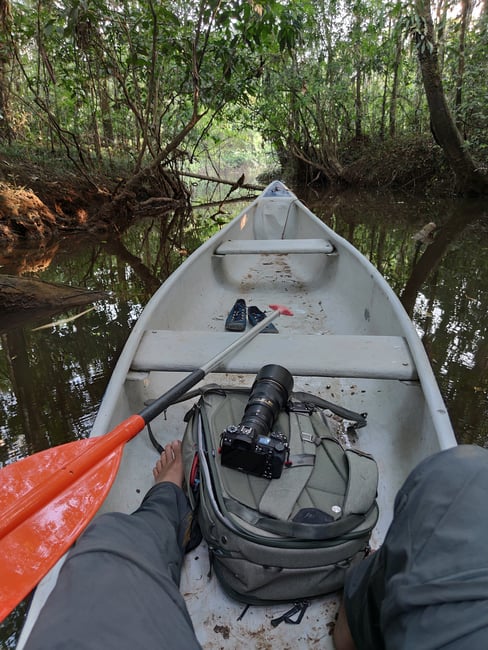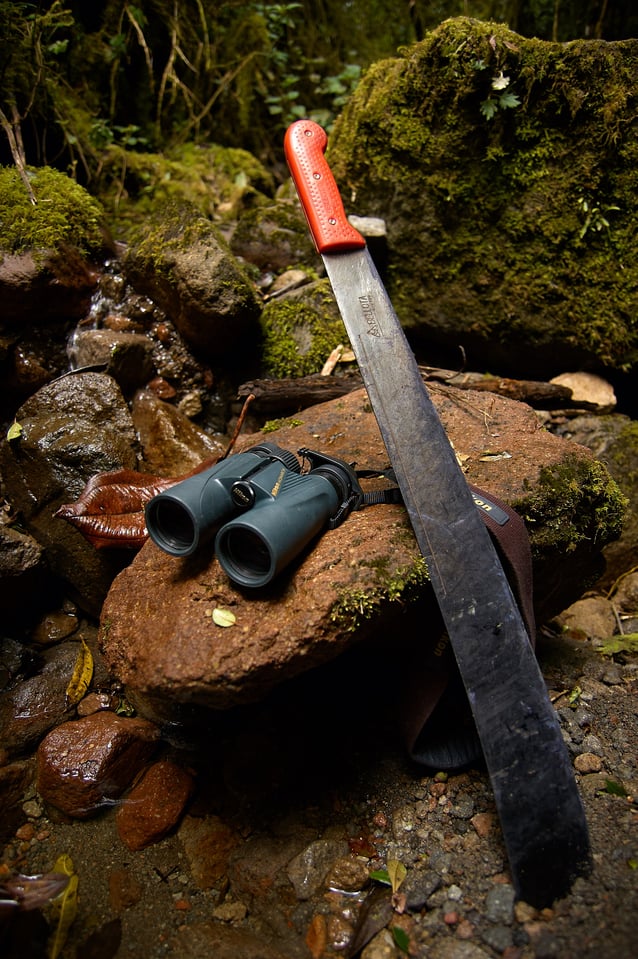ماذا يوجد في حقيبة الكاميرا الخاصة بي؟ - ليبور فايسينباخر
What’s In My Camera Bag? Libor Vaicenbacher
اتخذت أولى خطواتي الفوتوغرافية المبدئية باستخدام كاميرات أفلام Pentax. ومع ذلك، منذ عام 2005، أصبحت كاميرا نيكون هي ما أحتفظ به في حقيبة الصور الخاصة بي. في البداية كانت FM3A الجميلة، ثم كاميرا D70 الرائدة، ثم كاميرا D300 الممتازة. ومع ظهور العصر الرقمي، بدأت التركيز على تصوير الطيور. إن ما كان ذات يوم مجالًا للمهنيين أصبح متاحًا تدريجيًا للجمهور الأوسع، وبالتالي لي. ولكن ماذا ستجد في حقيبة الكاميرا الخاصة بي اليوم؟ إلى جانب الكاميرا والعدسات، هناك مجموعة كاملة من الأشياء، لذا تعال وألق نظرة خاطفة.
كما هو الحال في مقالة معدات Spencer، قمت بتجميع كل قطعة من معداتي في رابط واحد أسفل المقالة، حيث يمكنك العثور على معلومات حول الأسعار والتوفر.

جدول المحتويات
حقيبة الكاميرا وحزام الكاميراالكاميراتالعدساتبطاقات الذاكرةالحوامل الثلاثية والحواملالتمويهأشياء أخرى مهمة
took my first tentative photographic steps with Pentax film cameras. Since 2005, however, a Nikon camera is what’s been nestled in my photo backpack. First it was the beautiful FM3A, then the pioneering D70, and then the excellent D300. With the advent of the digital era, I started to focus on bird photography. What was once the domain of professionals gradually became available to the wider public, and therefore to me. But what would you find in my camera backpack today? Besides my camera and lenses, there is a whole bunch of stuff, so come take a peek.
Like in Spencer’s gear article, I’ve compiled every piece of my gear into a single link at the bottom of the article, which is where you can find info on pricing and availability.

Table of Contents
What’s In My Camera Bag? Libor Vaicenbacher
اتخذت أولى خطواتي الفوتوغرافية المبدئية باستخدام كاميرات أفلام Pentax. ومع ذلك، منذ عام 2005، أصبحت كاميرا نيكون هي ما أحتفظ به في حقيبة الصور الخاصة بي. في البداية كانت FM3A الجميلة، ثم كاميرا D70 الرائدة، ثم كاميرا D300 الممتازة. ومع ظهور العصر الرقمي، بدأت التركيز على تصوير الطيور. إن ما كان ذات يوم مجالًا للمهنيين أصبح متاحًا تدريجيًا للجمهور الأوسع، وبالتالي لي. ولكن ماذا ستجد في حقيبة الكاميرا الخاصة بي اليوم؟ إلى جانب الكاميرا والعدسات، هناك مجموعة كاملة من الأشياء، لذا تعال وألق نظرة خاطفة.
كما هو الحال في مقالة معدات Spencer، قمت بتجميع كل قطعة من معداتي في رابط واحد أسفل المقالة، حيث يمكنك العثور على معلومات حول الأسعار والتوفر.

جدول المحتويات
حقيبة الكاميرا وحزام الكاميراالكاميراتالعدساتبطاقات الذاكرةالحوامل الثلاثية والحواملالتمويهأشياء أخرى مهمة
took my first tentative photographic steps with Pentax film cameras. Since 2005, however, a Nikon camera is what’s been nestled in my photo backpack. First it was the beautiful FM3A, then the pioneering D70, and then the excellent D300. With the advent of the digital era, I started to focus on bird photography. What was once the domain of professionals gradually became available to the wider public, and therefore to me. But what would you find in my camera backpack today? Besides my camera and lenses, there is a whole bunch of stuff, so come take a peek.
Like in Spencer’s gear article, I’ve compiled every piece of my gear into a single link at the bottom of the article, which is where you can find info on pricing and availability.

Table of Contents
- Camera Backpack And Camera Strap
- Cameras
- Lenses
- Memory Cards
- Tripods and Stands
- Camouflage
- Other Important Things




















تعليق